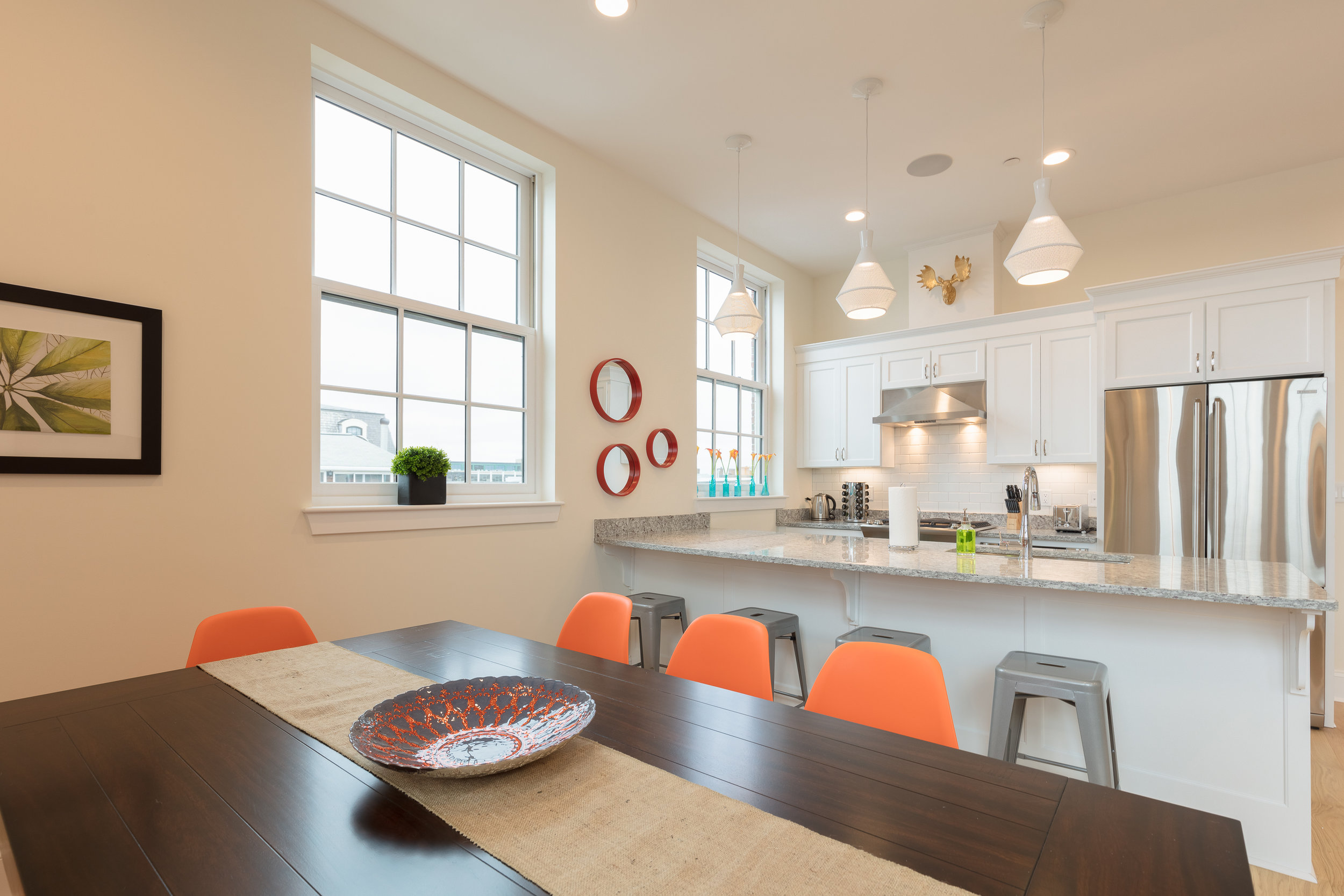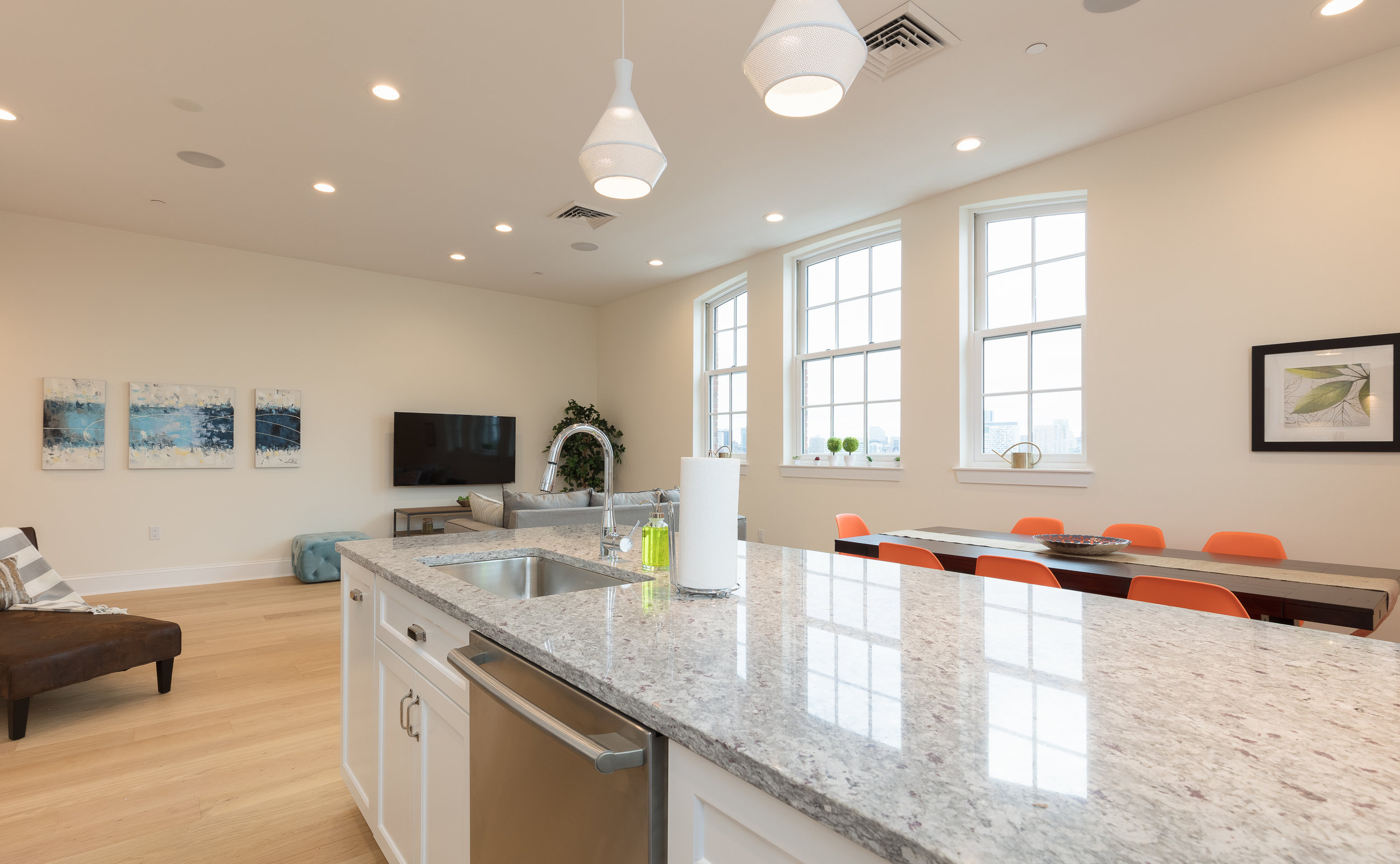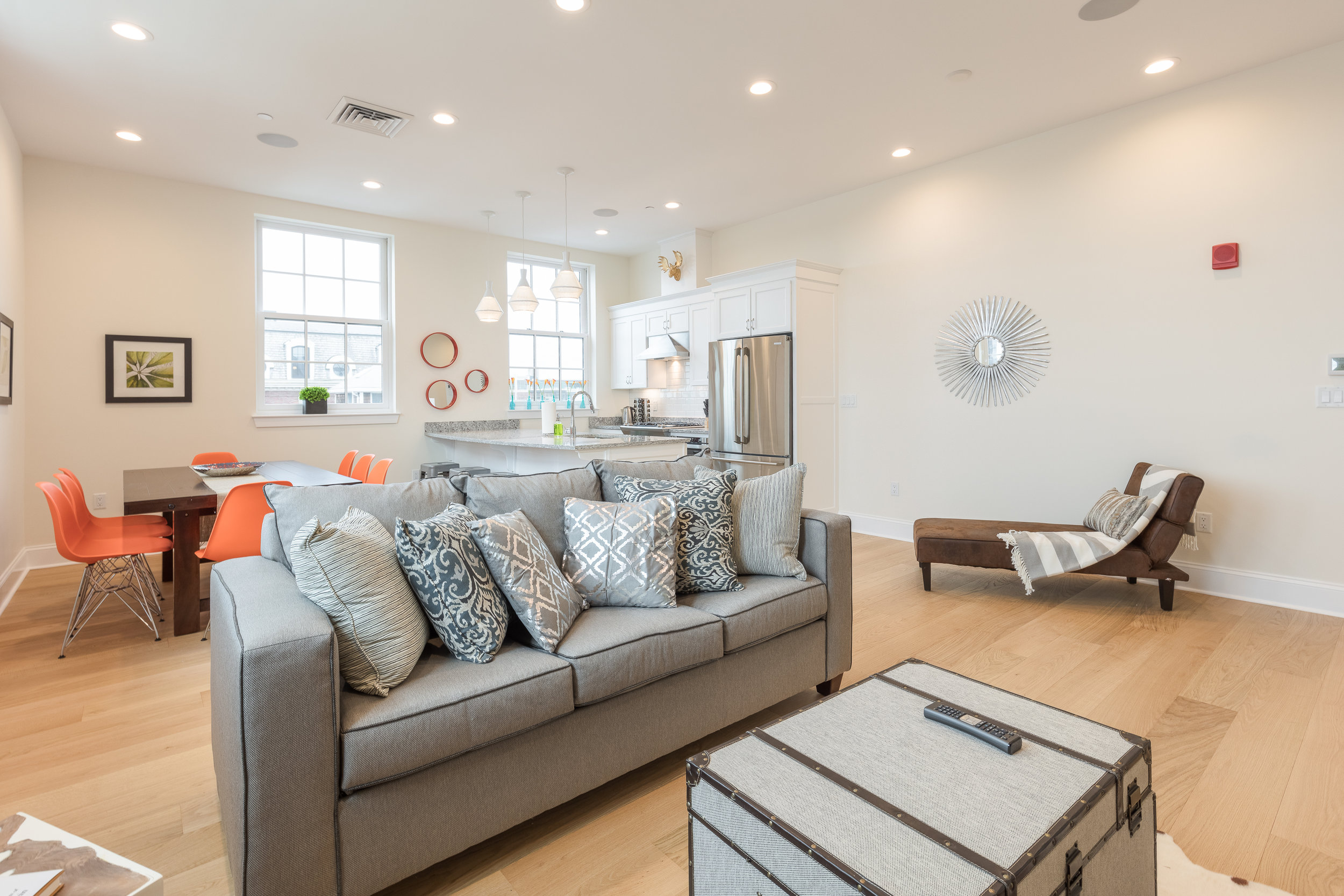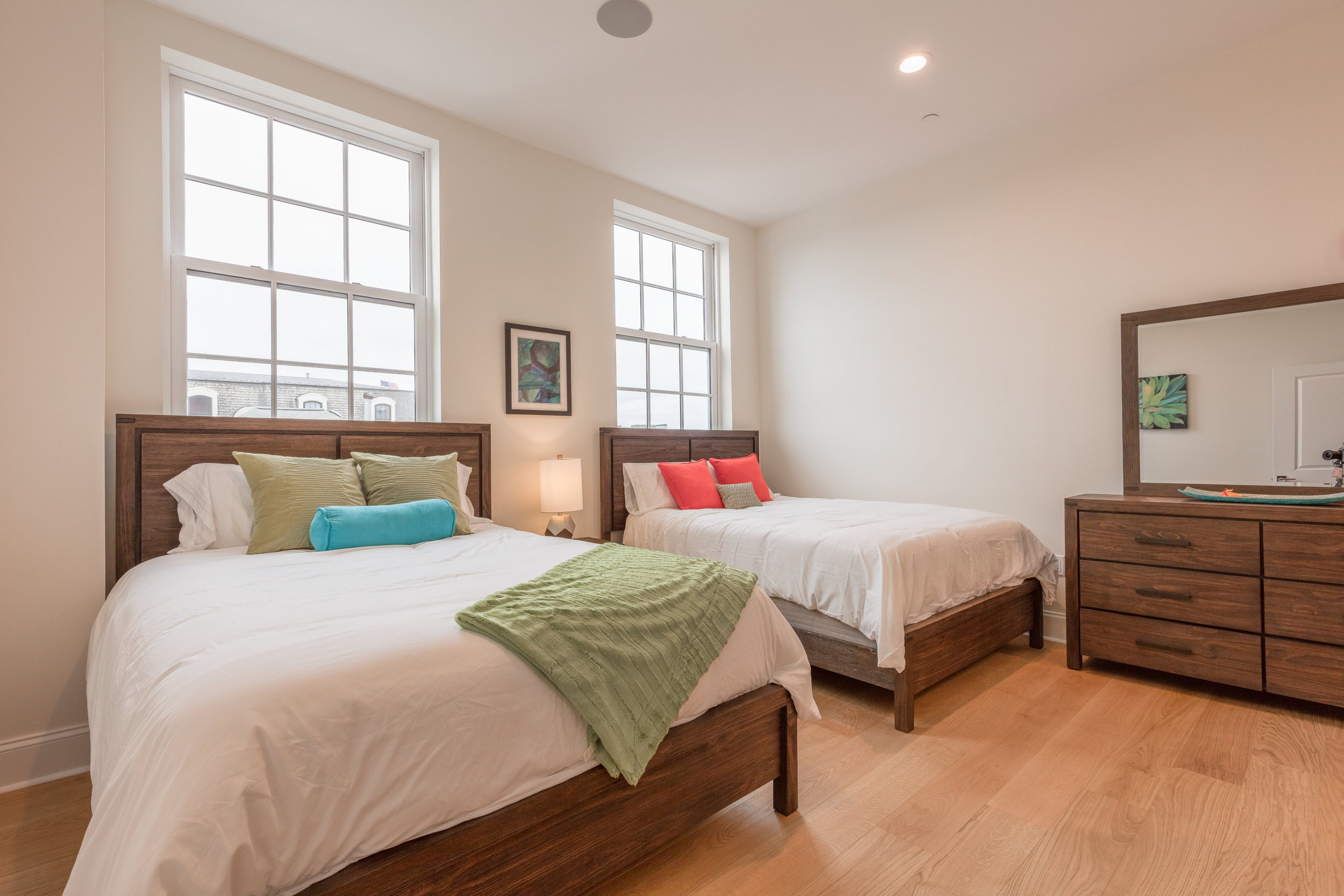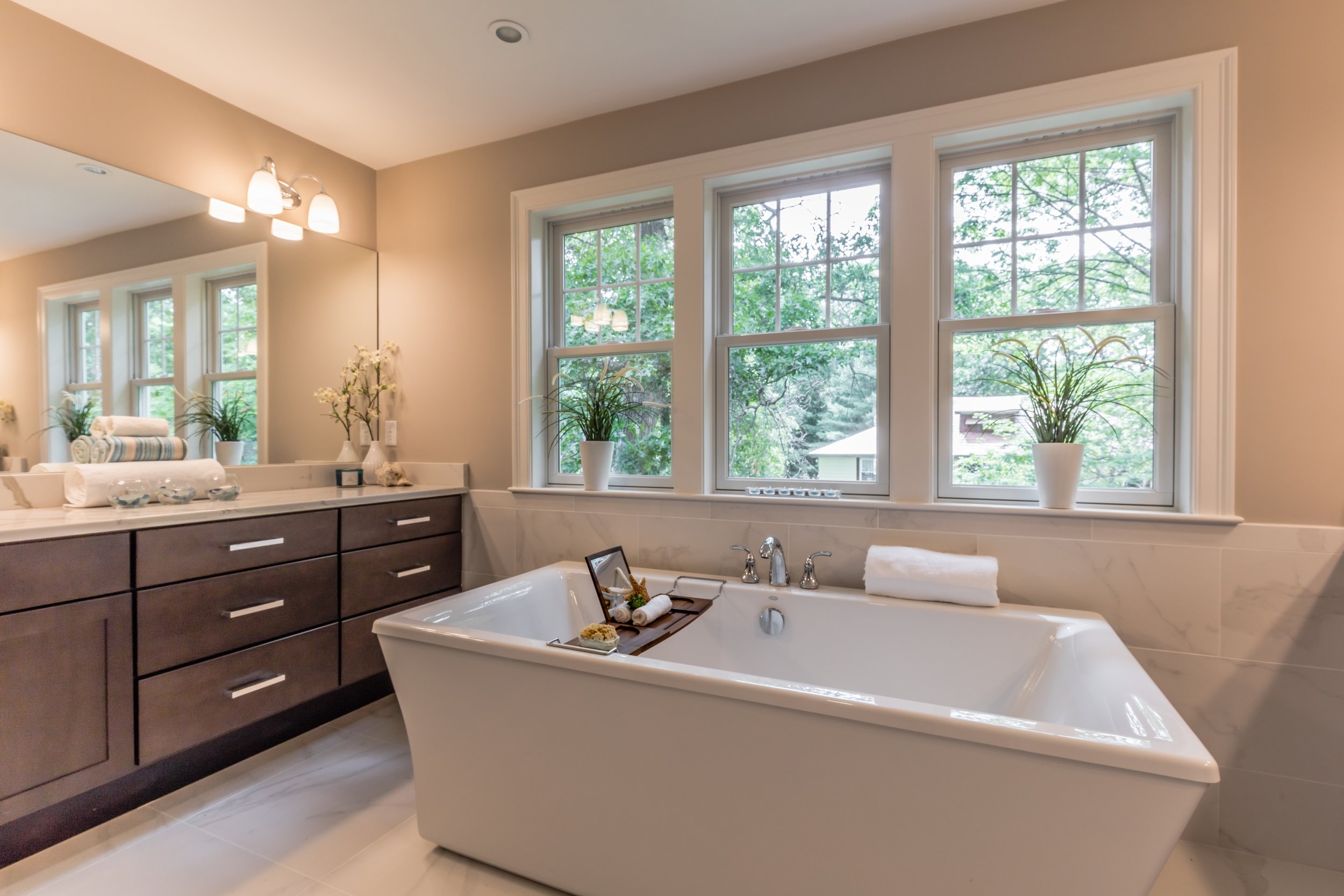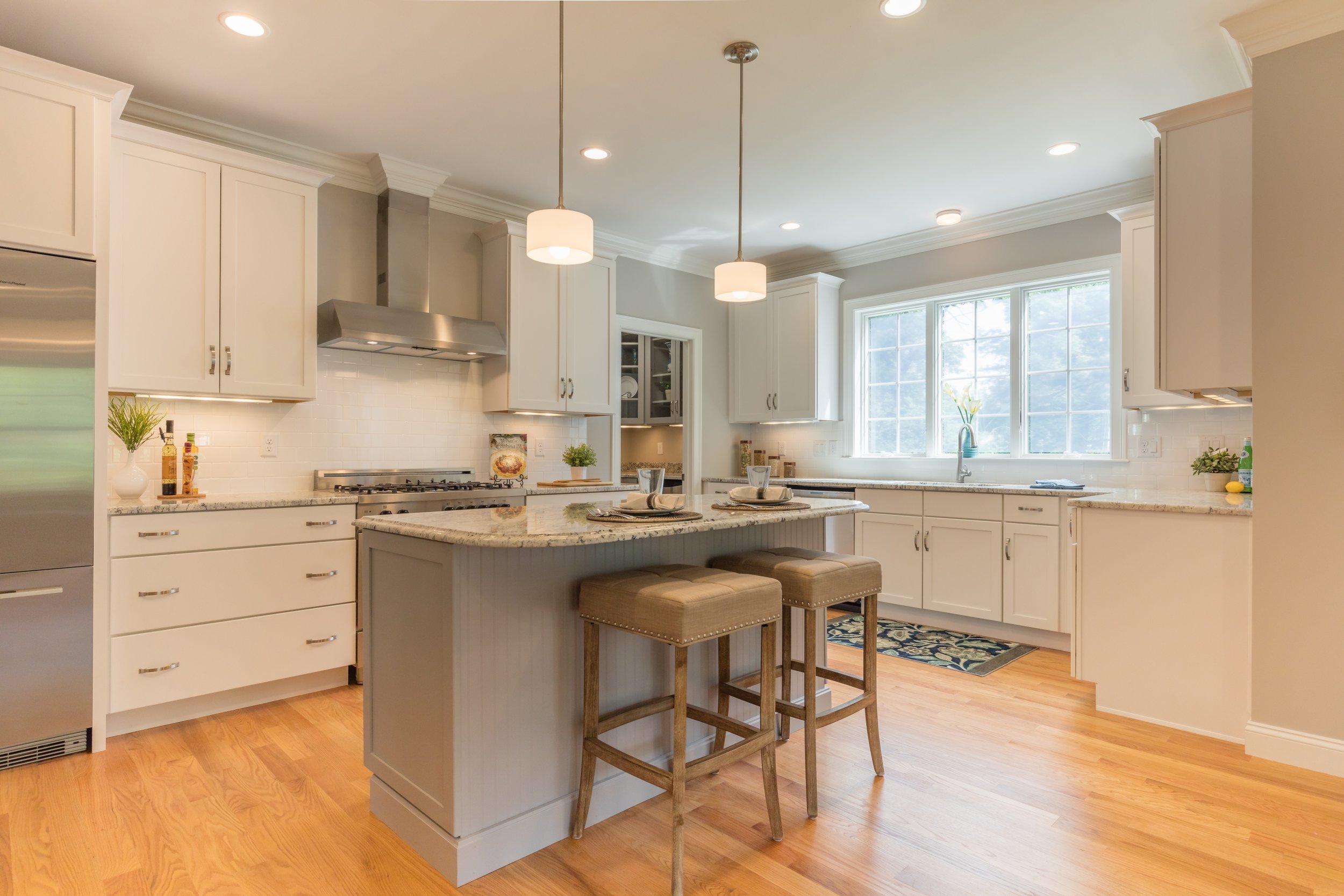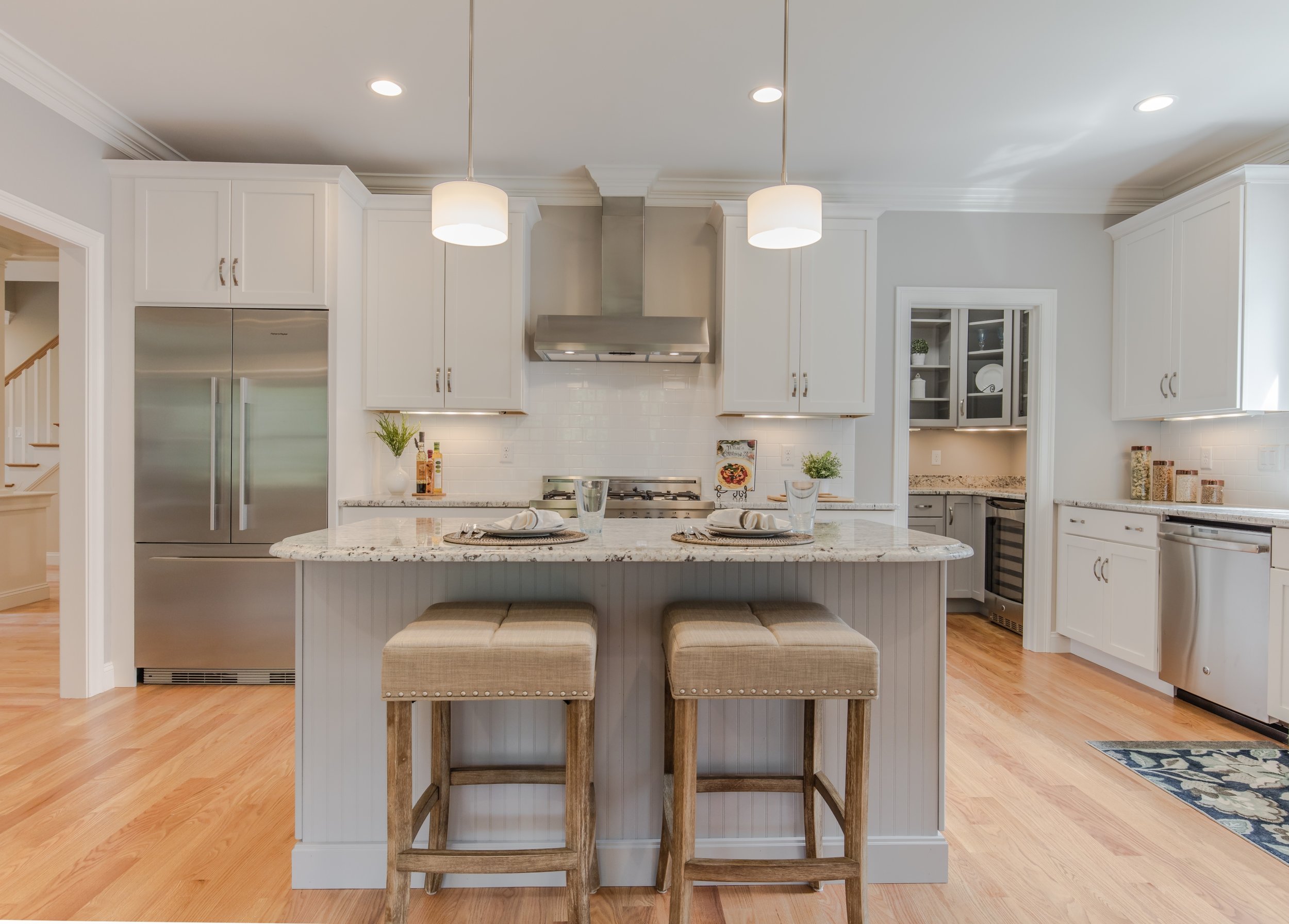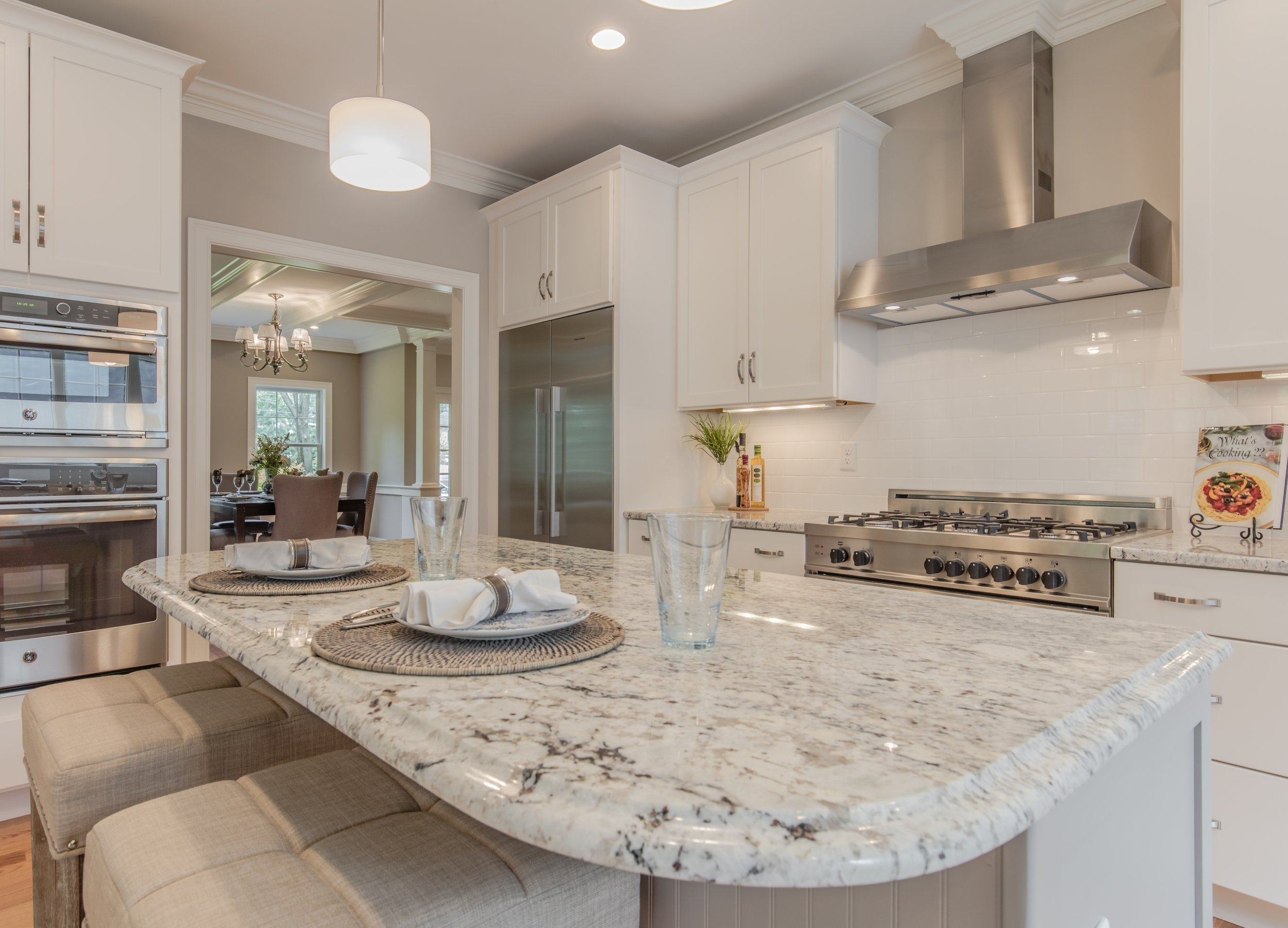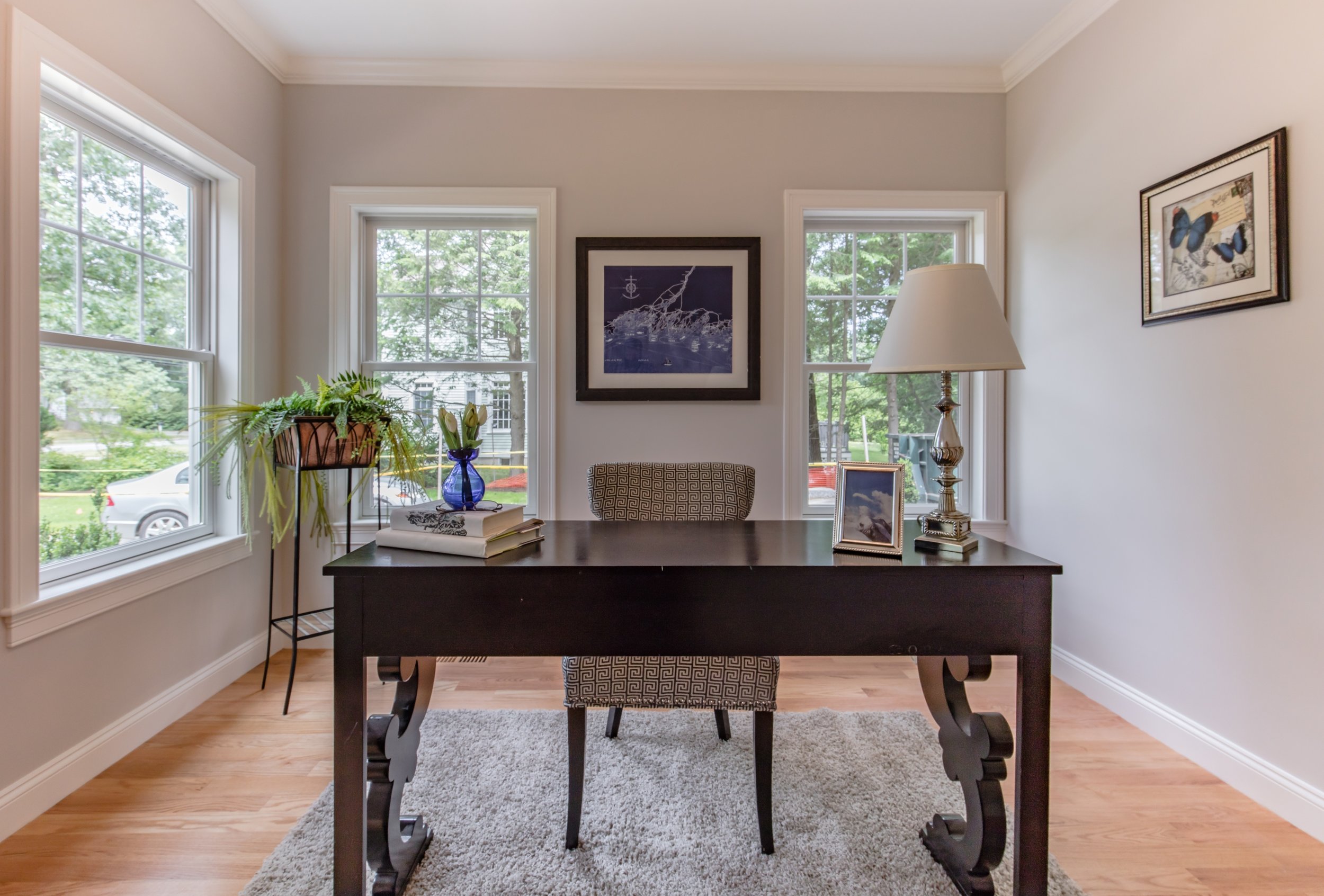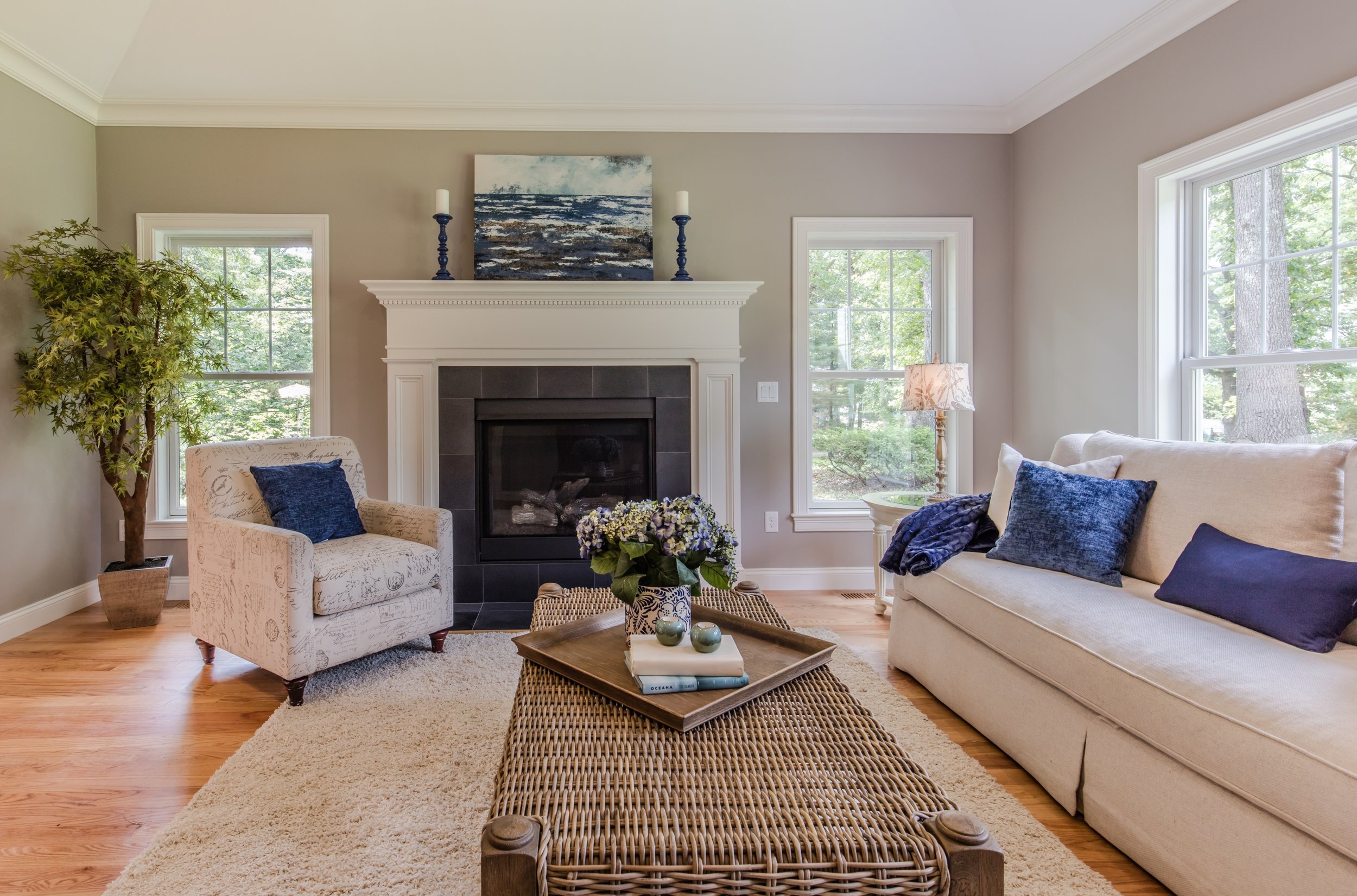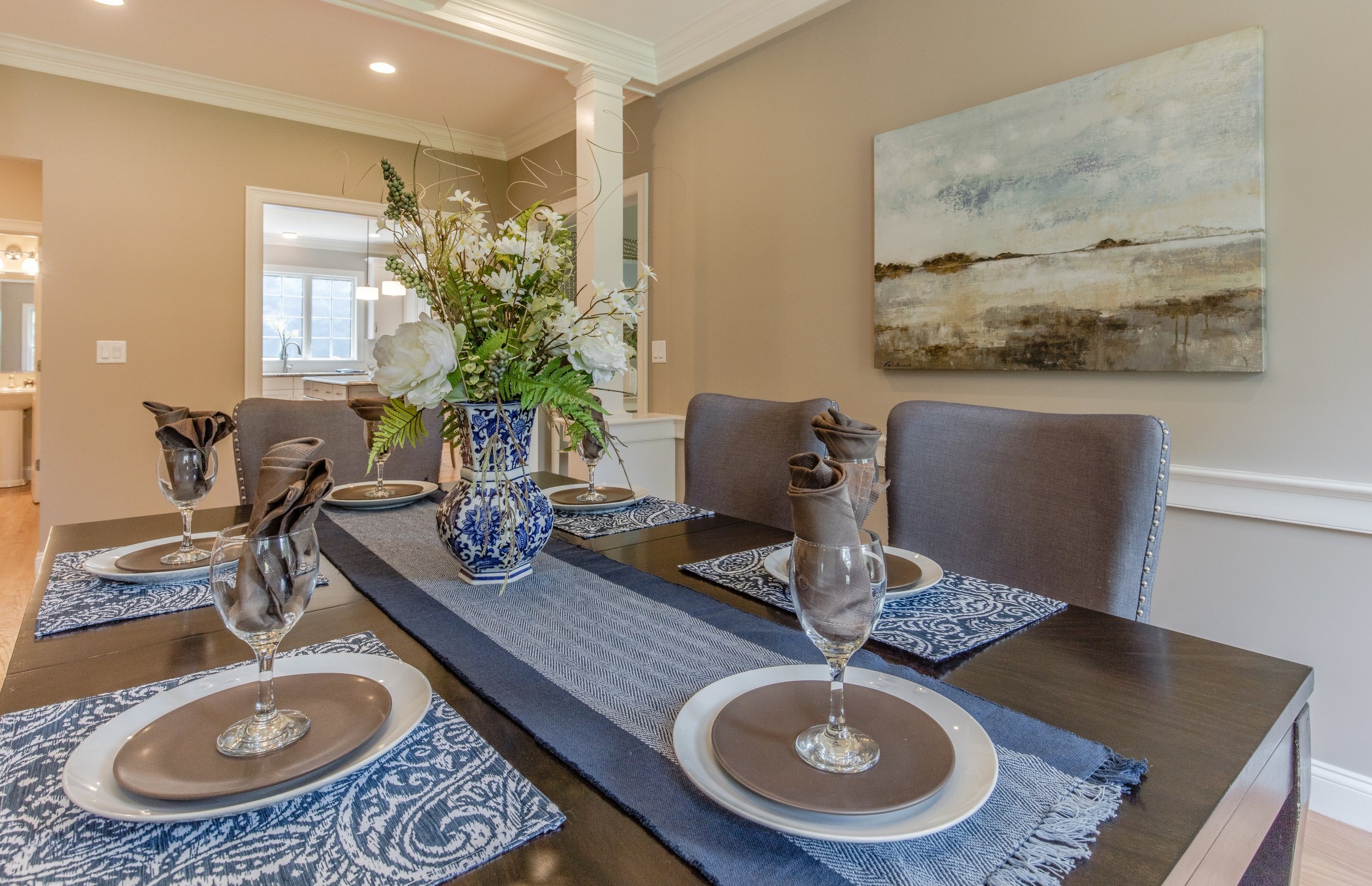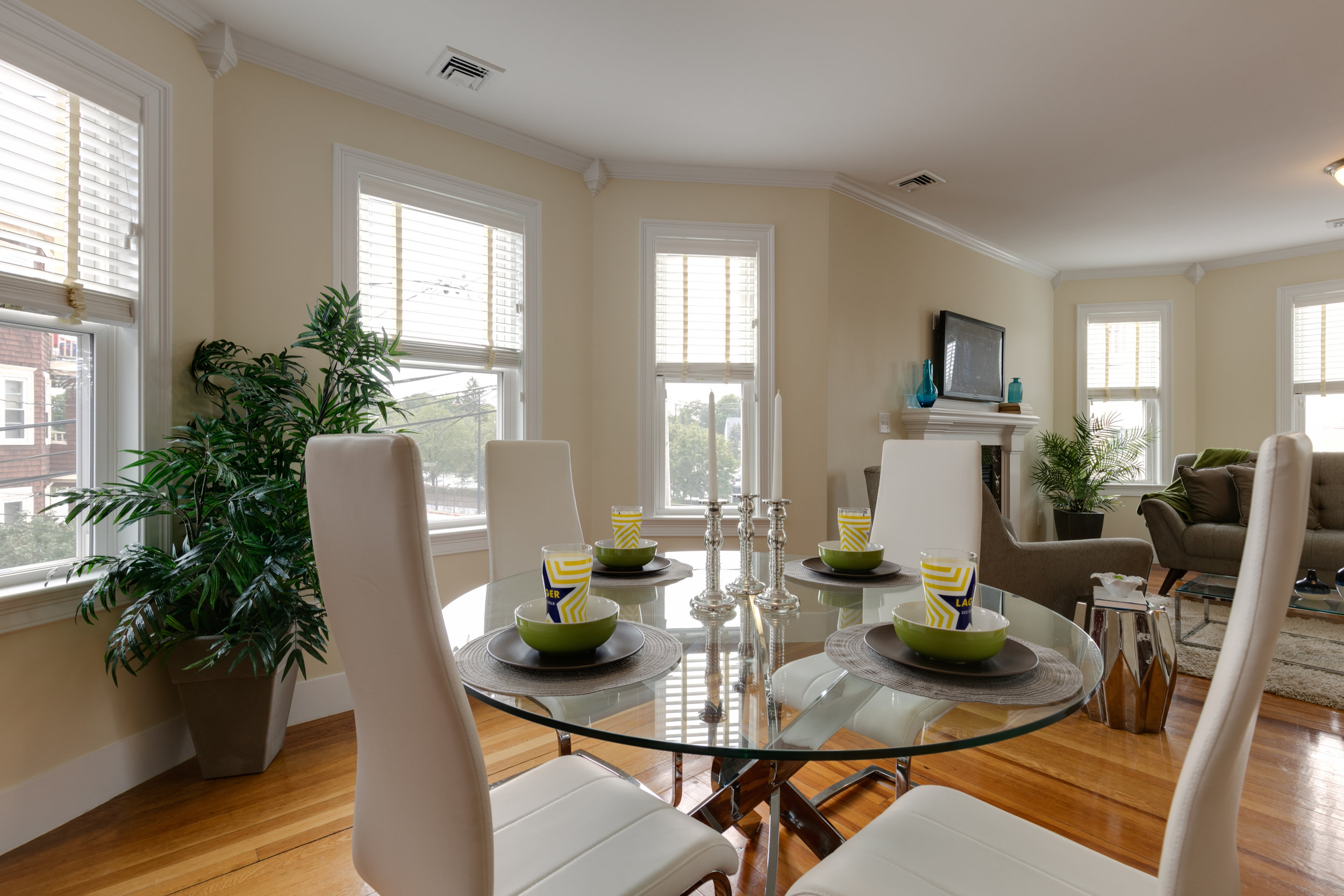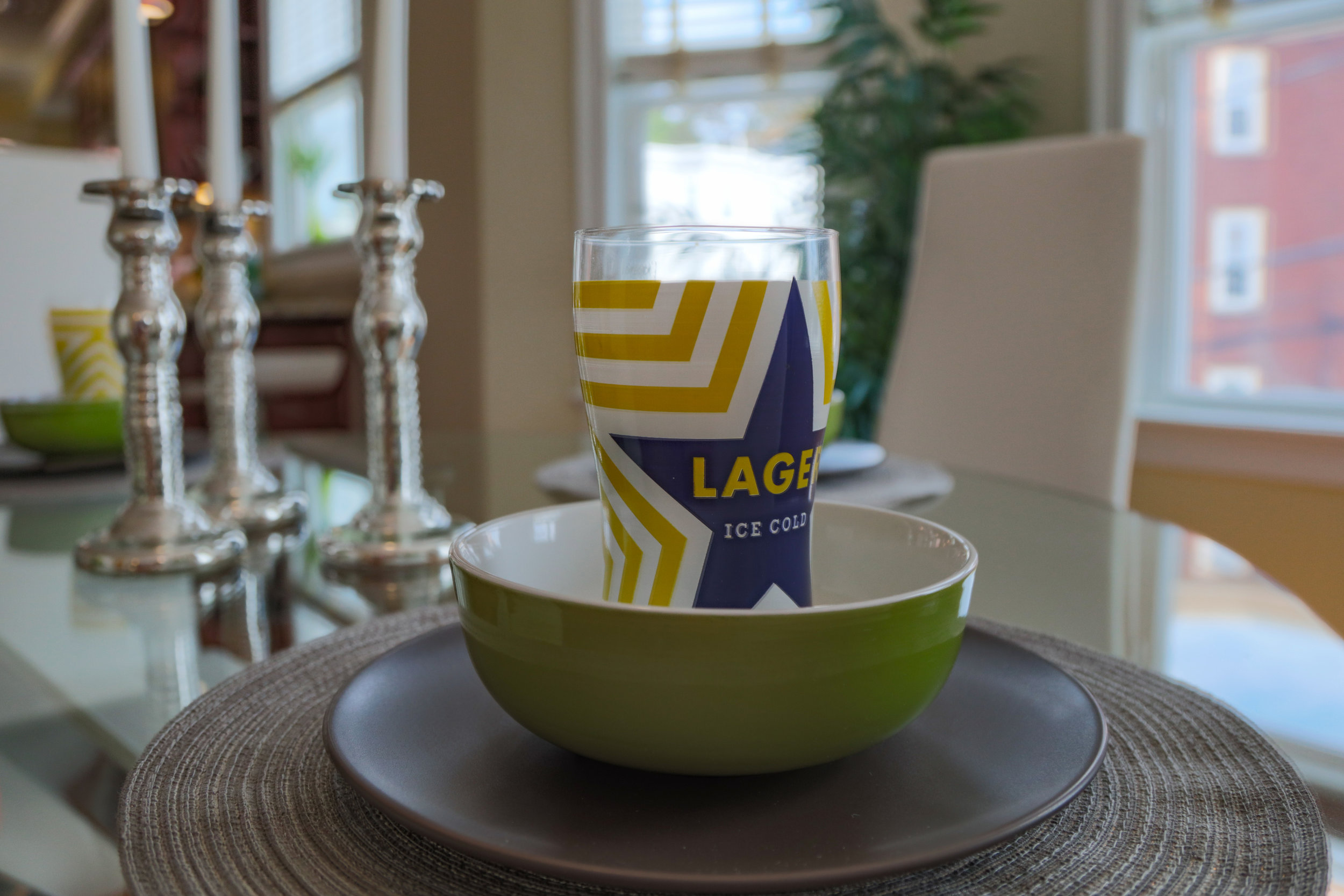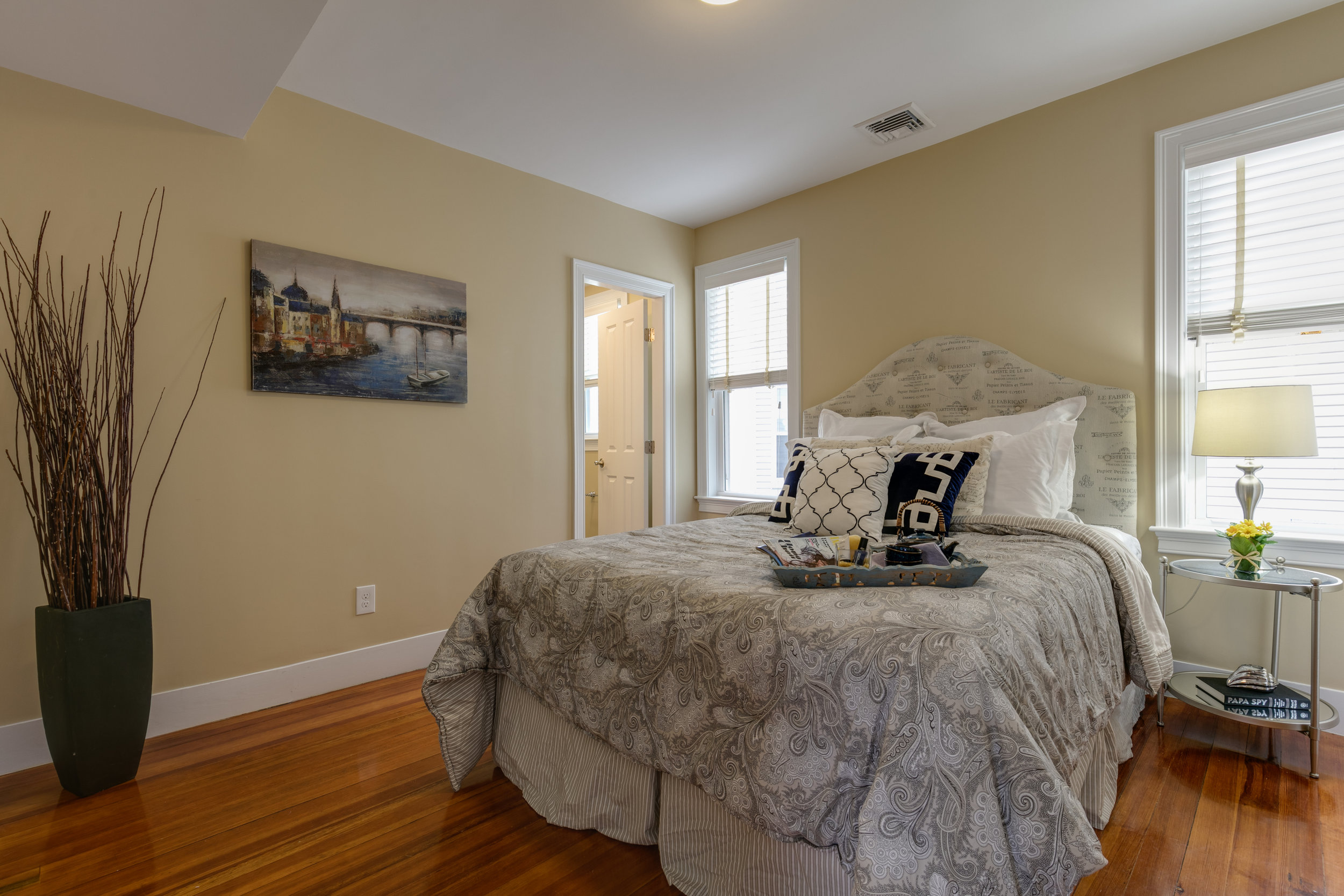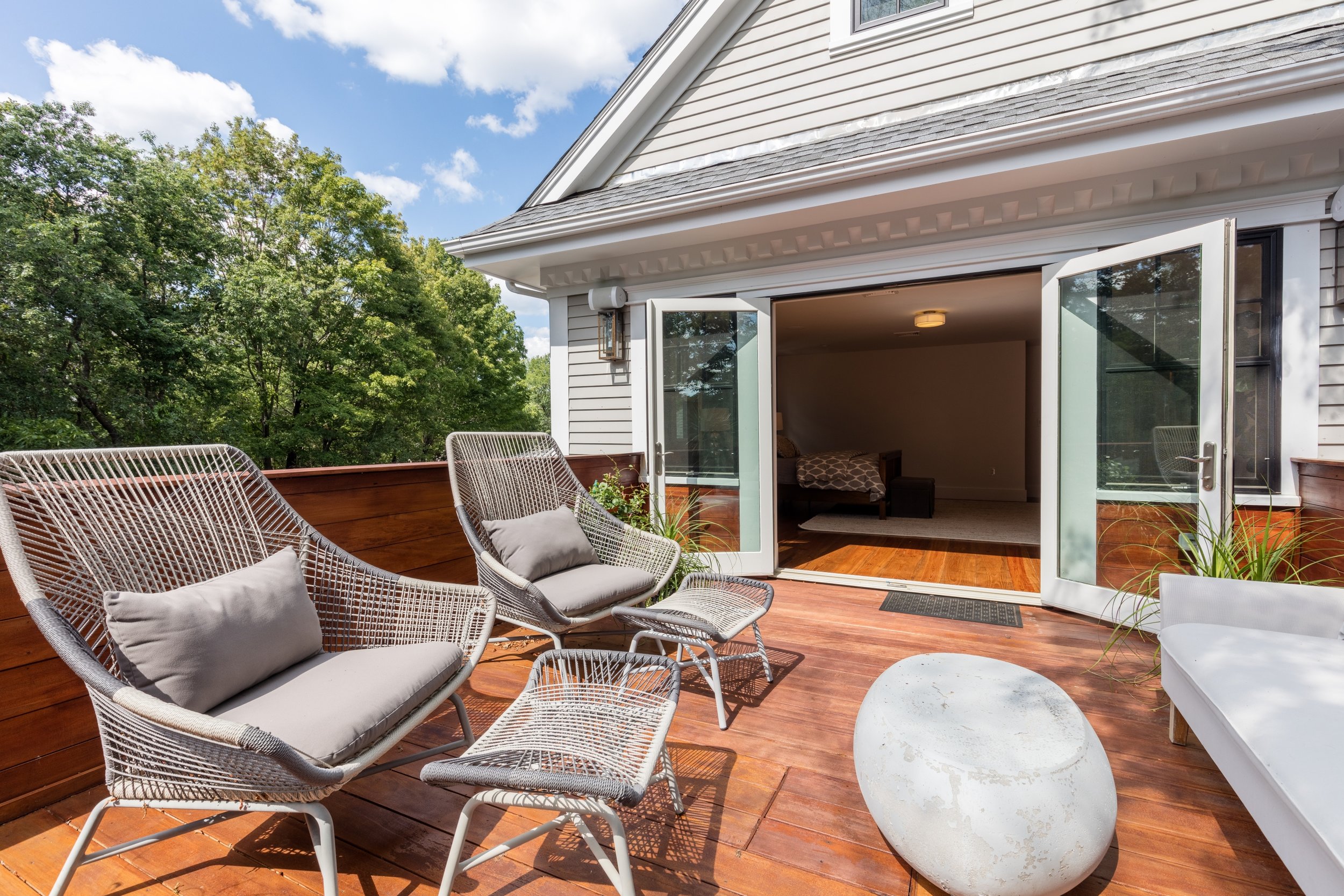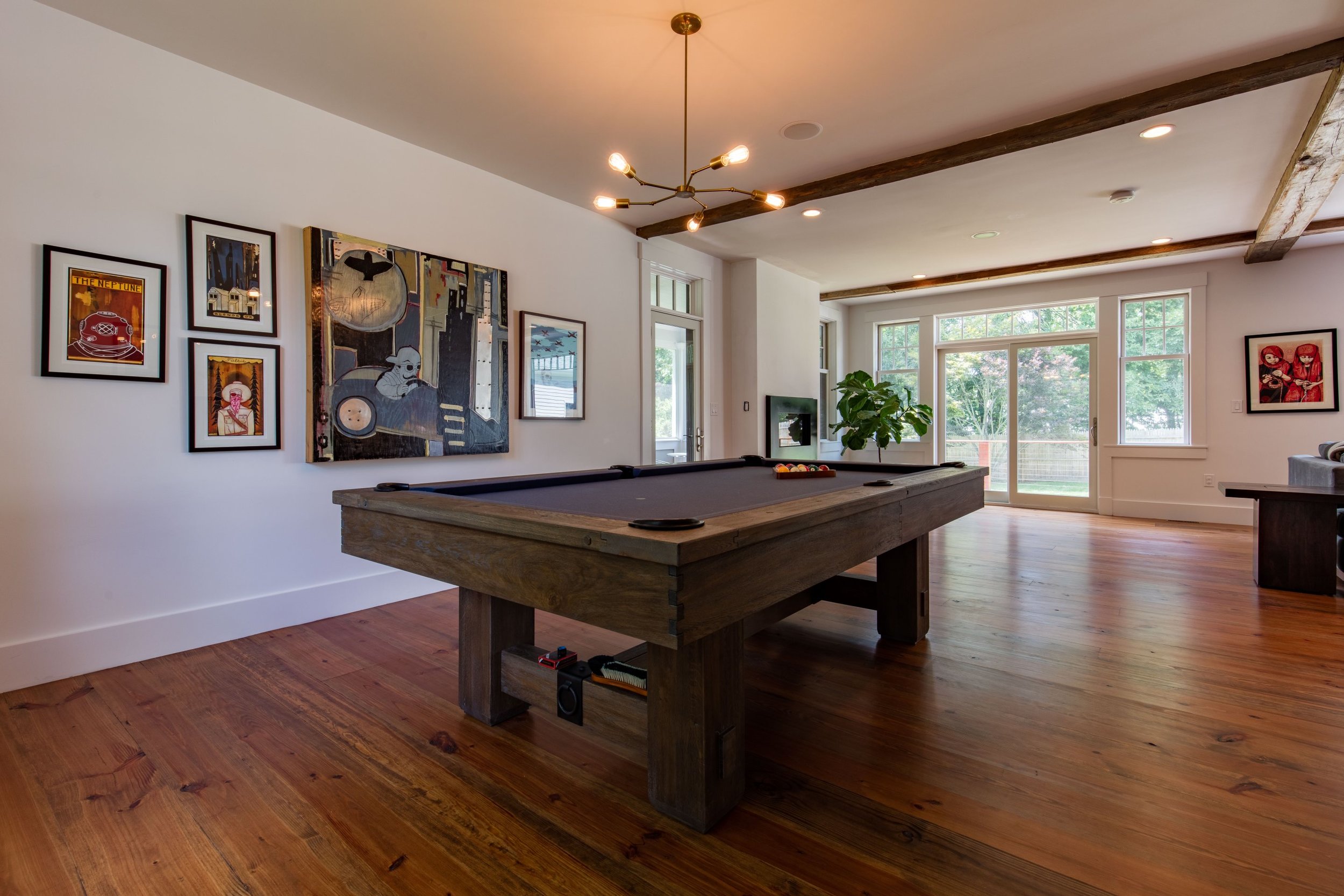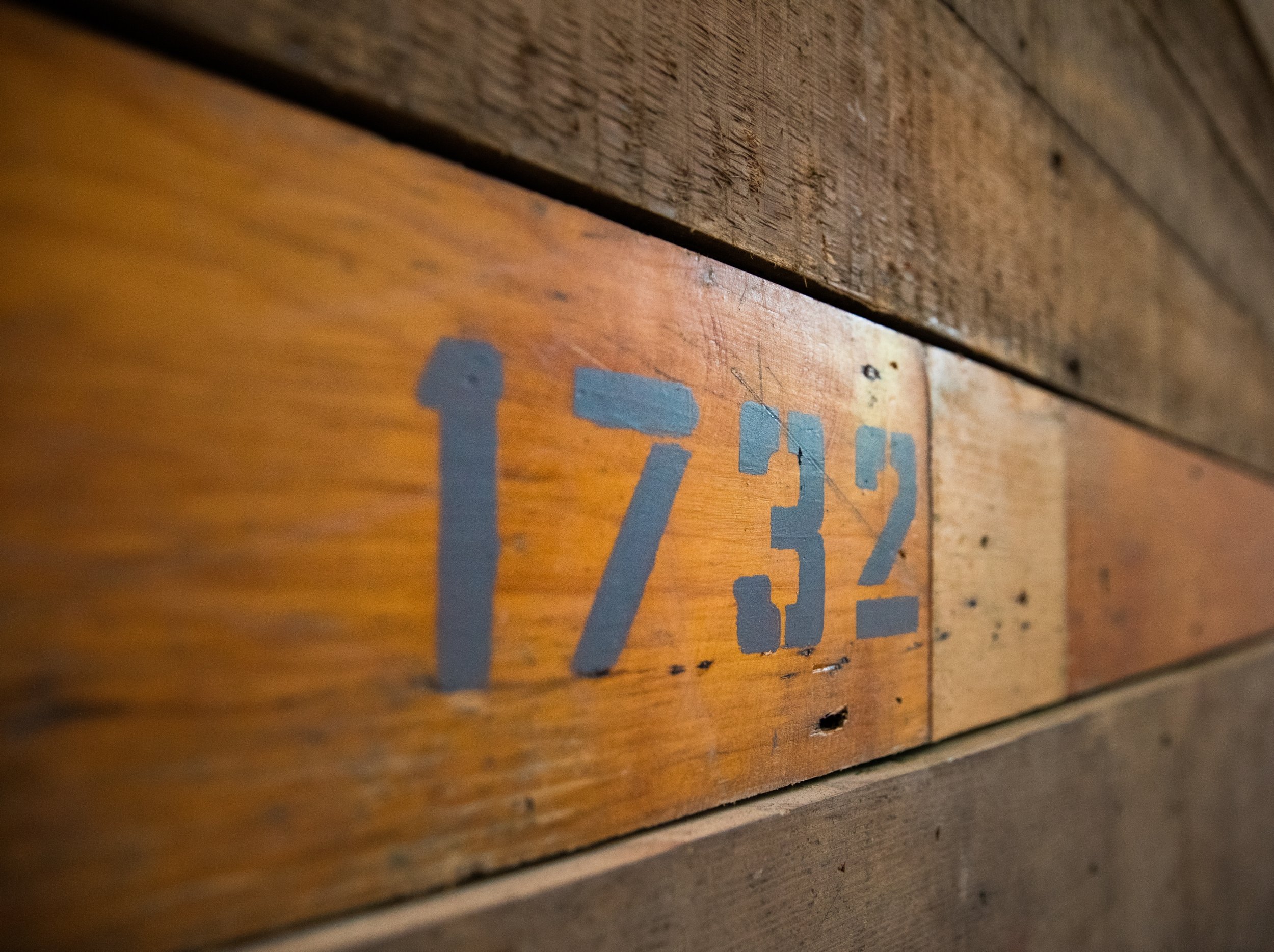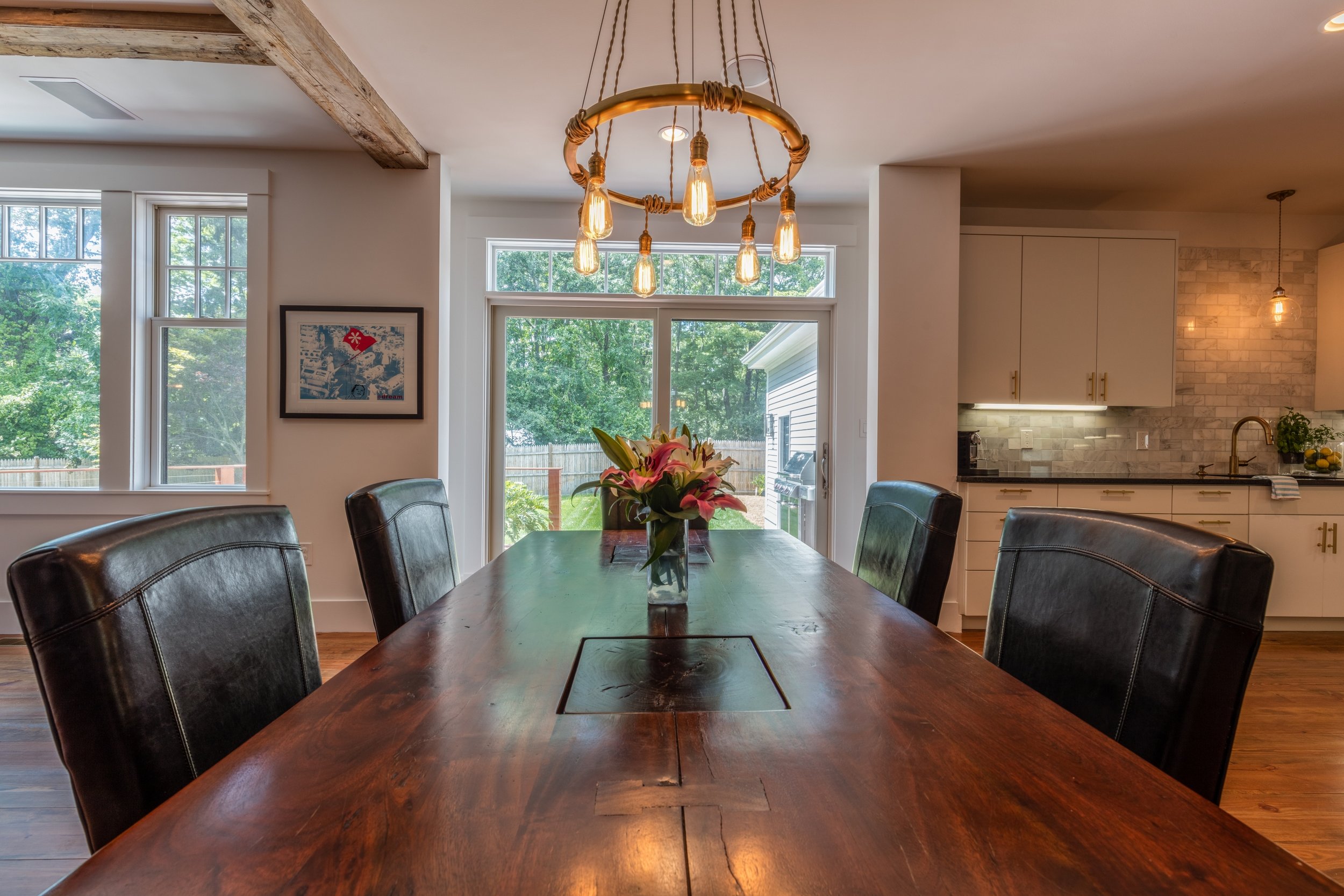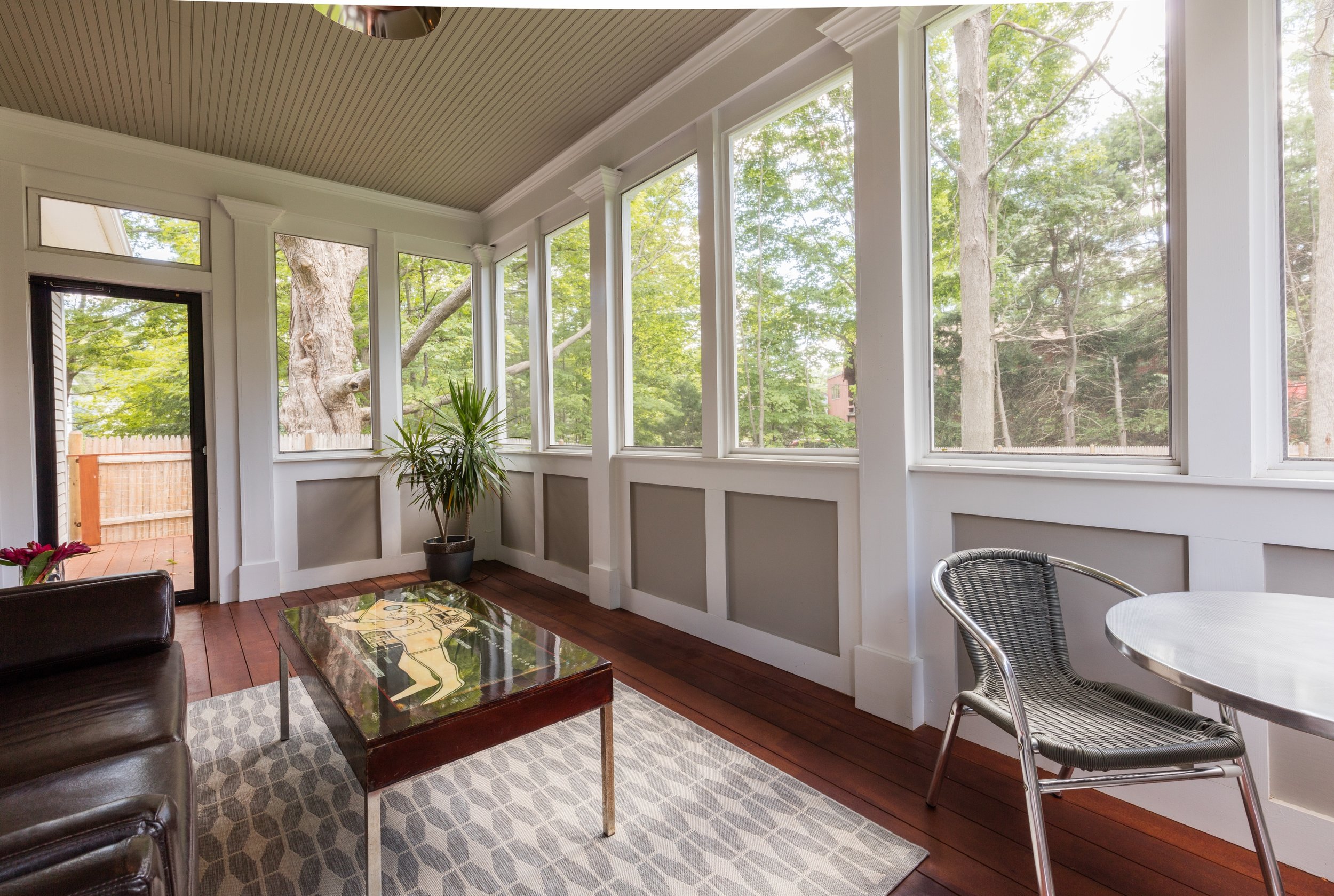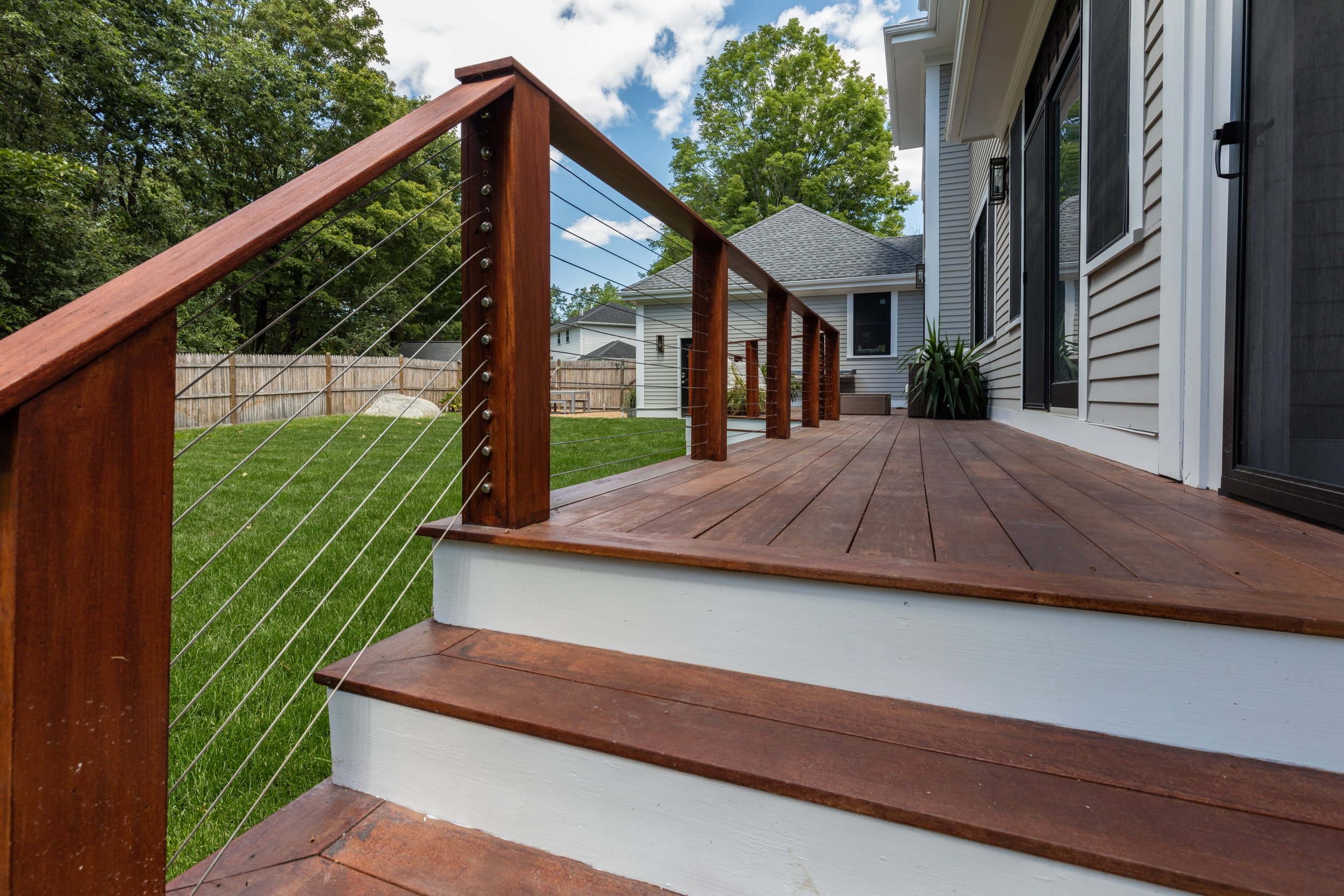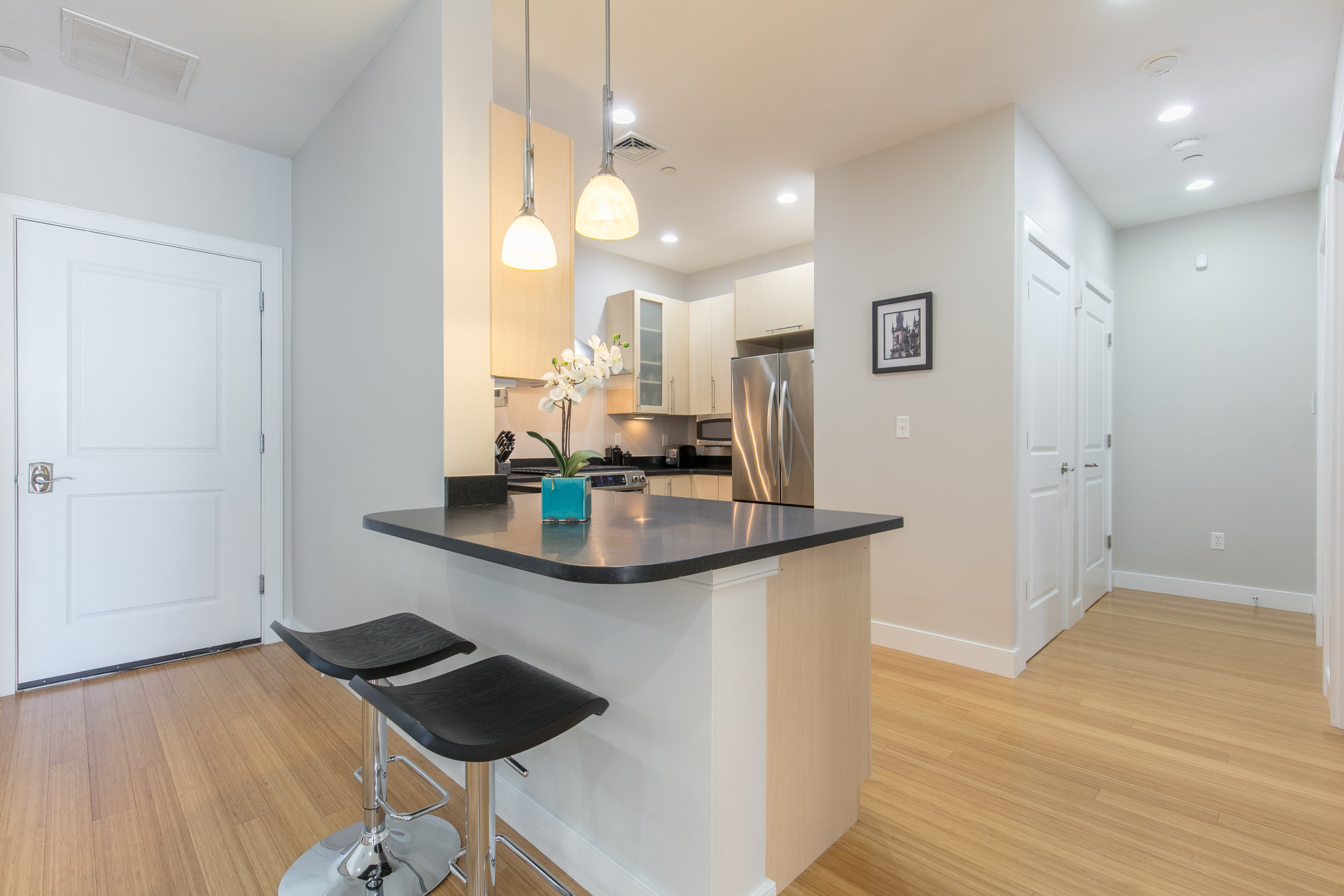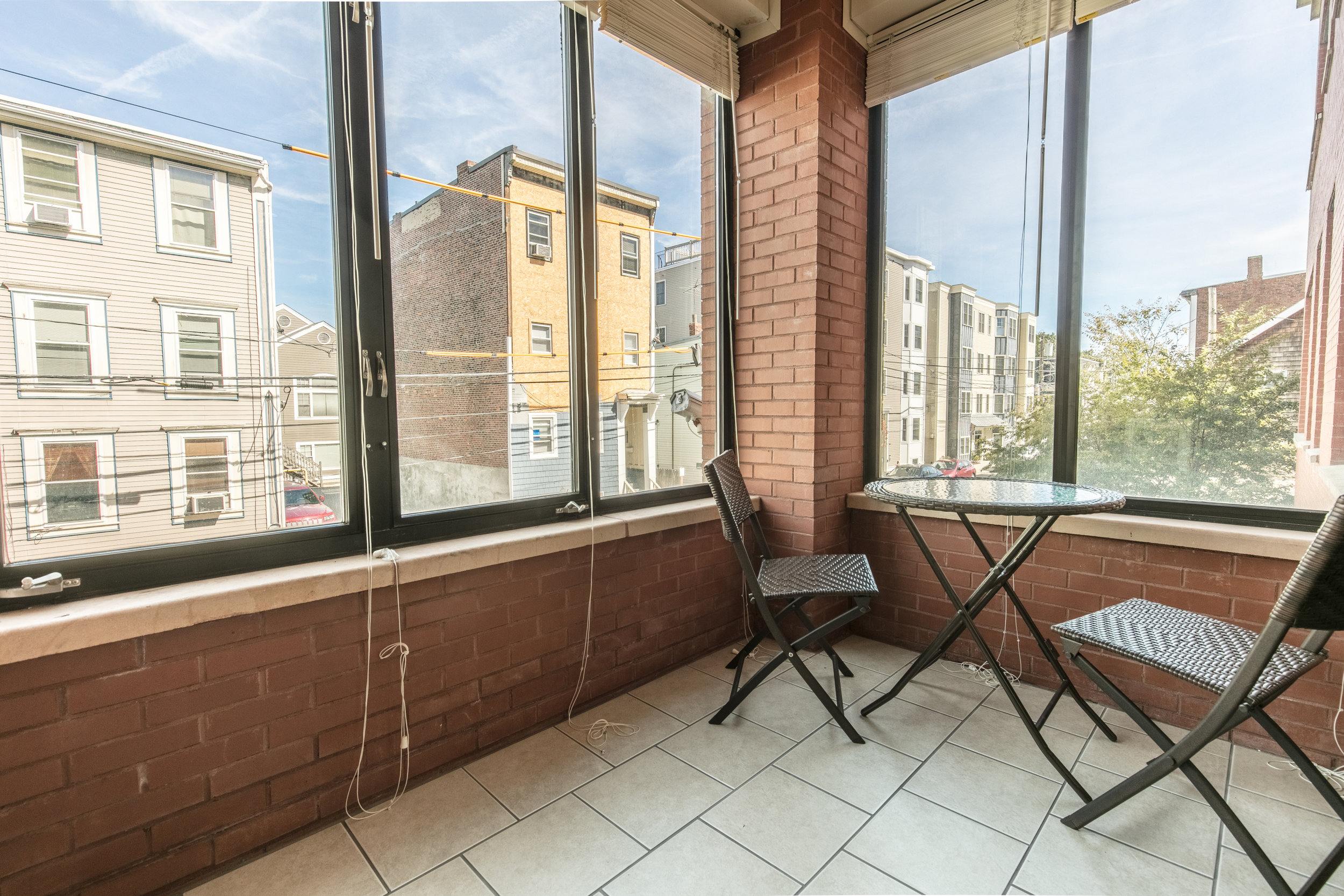One of the first things I learned about photography is that an incredible photo can be taken with even the most humble of cameras. Equipment does not make one a better photographer, rather things like dealing with lighting, subjects, and composition really make good photos. In real estate photography, that adage is mostly still true. As a real estate photographer, you need to know where you can get the best angles for particular rooms, how to compose photos without rooms seeming too small or too cavernous, and how to deal with multiple light sources.
While good equipment won't instantly make someone a great real estate photographer, there are a few pieces of critical equipment that make my work a whole lot easier. The camera and lens don't take the photos, the photographer does. But it always helps the photographer out when his or her tools are as sharp as possible. Here is a quick rundown of what's in my bag on every single real estate shoot. It's certainly not all necessary for every property, but I always want to be prepared for changing conditions or opportunities.
1. The real deal: Canon 5DSr
With a 50.3 megapixel sensor, this is the highest resolution DSLR on the market right now. If you want a bigger sensor, you start to have to look into the world of medium format which can be pushed to 100mp or more. For my needs, the 5DSr is the perfect solution. the giant sensor allows me a lot of wiggle room to crop unsightly items out of photos while retaining super sharp clarity. Some might argue that the 5DSr has a major weakness in that its ISO speed tops out at 6400 (12,800 in expanded mode.) For me, that doesn't matter. I am always shooting on a tripod at low ISO, typically no more than 320. When I need more light in a room, I rely first on shutter speed, and then aperture. ISO rarely gets changed. So for my purposes, the 5DSr works beautifully.
2. The workhorse lens: Canon 16-35 f/4
This is my go-to lens without a doubt. I find that most of my real estate shots are taken within the range of 16mm to 20mm, and the zoom allows me the flexibility to choose. For those wondering, no, I do not shoot with a tilt-shift lens. I find that modern image stitching, vertical adjustments, and lens profile corrections are more than enough to produce high quality photos. Yes, I do lose a bit of information when I apply one of these fixes, but it's never noticeable when I shoot on the huge sensor of the 5DSr.
3. The specialty lens: Sigma 8mm fisheye
I use this lens for one thing and one thing only: creating 360 degree photospheres. It works beautifully with my camera, and when paired with a precision rotator, I can create an entire photosphere with just 4 shots.
4. The secret weapon: Arcatech precision rotator for the Sigma 8mm lens
I have tried three different rotators for my 360 panoramas, and I have to tell you, nothing can hold a candle to this simple piece of engineering. It's precision built to work only with the Sigma 8mm lens. There is no setup and no fussing with parallax and nodal points. It's built to do one thing, and it does it perfectly. If I ever need to take a photosphere with another lens, I suppose I could bring out my old Nodal Ninja, but really, I don't see myself ever needing to do that.
5. The detail hounds: Canon 24-70mm f/2.8 and Canon 24-105mm f/4
One of the things I tout with real estate photography is detail shots. Fixtures, tiles, historic embellishments, woodwork, etc. are all things that need a closer look, and I use these two to get in close. While I usually prefer the nice bokeh effect I get with the 24-70 for larger details like plumbing and light fixtures, it's always nice to have the 24-105 on hand for its macro capability if I want to shoot something especially small like intricate woodwork. If you're a photographer reading this, you might think all this is overkill. Well, you might be right, but my philosophy on real estate photography is to never miss a shot. I strive for perfection, and even a small difference in aperture between these two lenses can make a difference. Though the client may never see it, I will.
6. The lights: 2 Canon Speedlites (and sometimes a pair of Pocket Wizard transceivers)
If you know my work, you know I avoid flash as much as possible, opting for compositing for 99% of my shots. There are exceptions though. During periods of strong sunlight where my dark and light exposures are going to be too many stops apart, I will occasionally use a flash to help them meet in the middle. That's a rare occurrence though. The real exciting use of my flashes is in twilight photography. With the radio transceivers, I can use a speedlite with an orange gel to selectively light various parts of a twilight scene to make really dramatic twilight shots using light painting in Photoshop.
7. The indispensable extras: Solid tripod, remote shutter release
If you don't have a good tripod and a shutter release, items 1 through 6 on this list are mostly useless. To shoot for compositing requires absolute stillness with the camera and you just can't do that handheld or with a wobbly tripod. I never leave home without them.
8. The supporting cast: all the things I have on hand, just in case
If you opened my bag right now, you'd find 8 fully charged batteries, an emergency charger, 2 lens cleaning cloths, and a case stocked with extra memory cards. These are a must for any photographer shooting on location, but I can't stress them enough. If your camera doesn't work, you're sunk. Simple as that. Lastly, I carry a small supply of those slip-on booties people use to protect floors from muddy shoes. I find that when I enter someone's home, donning a pair of these shows respect for cleanliness, and sets a precedent for the quality of the shoot. I also don't like to work in my socks ;)



